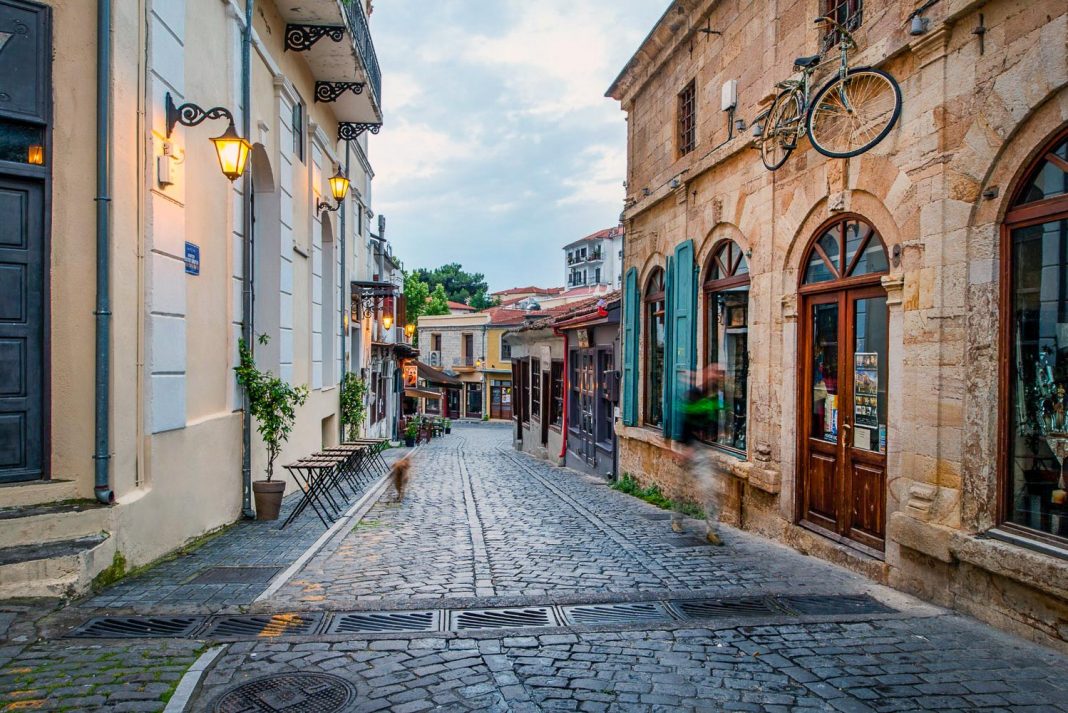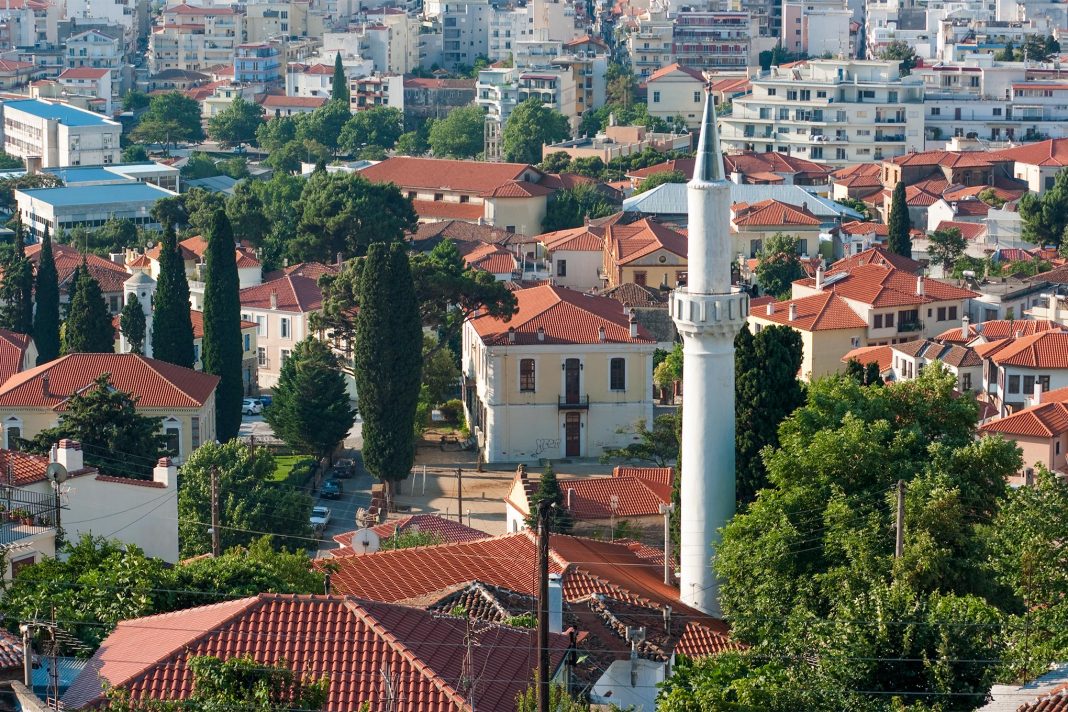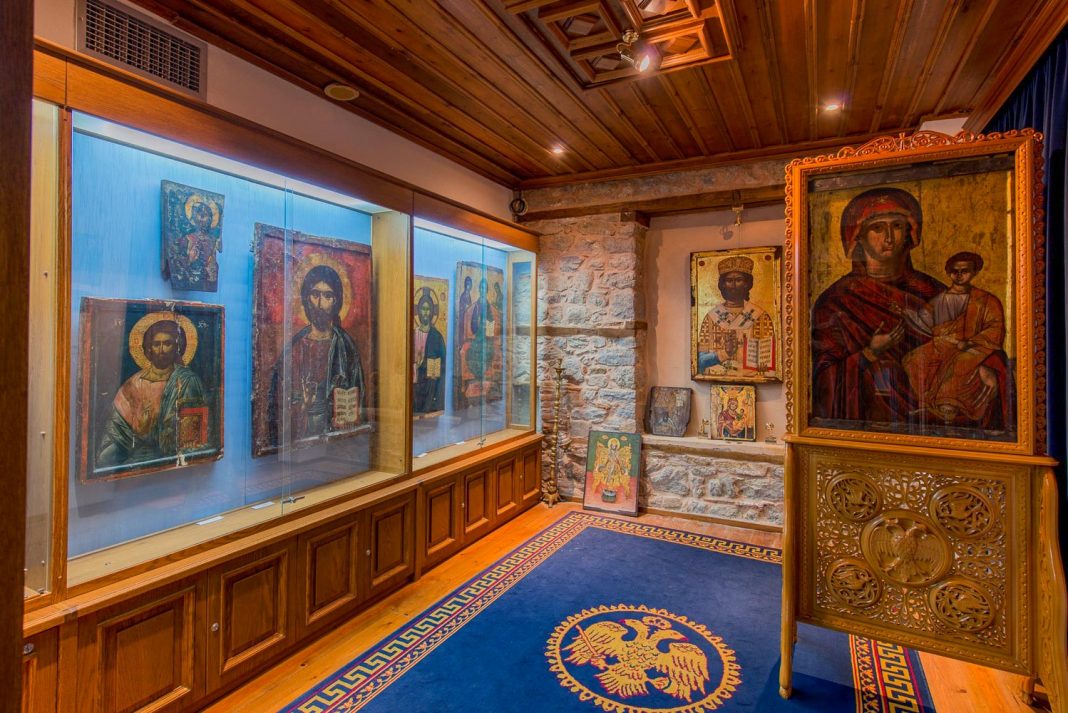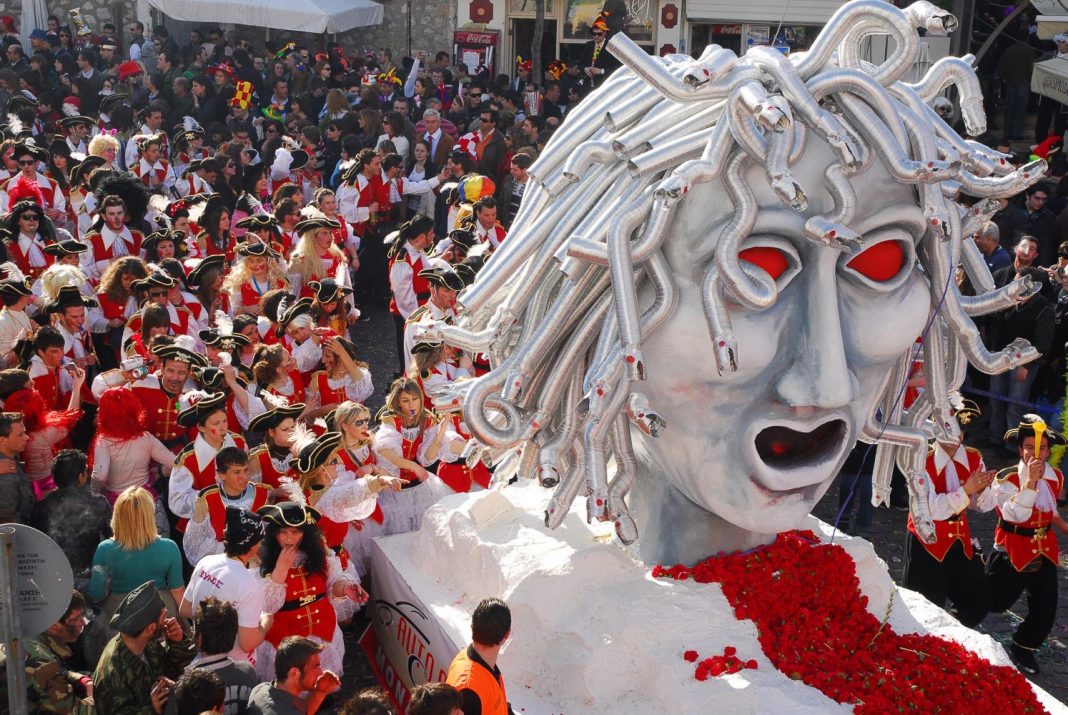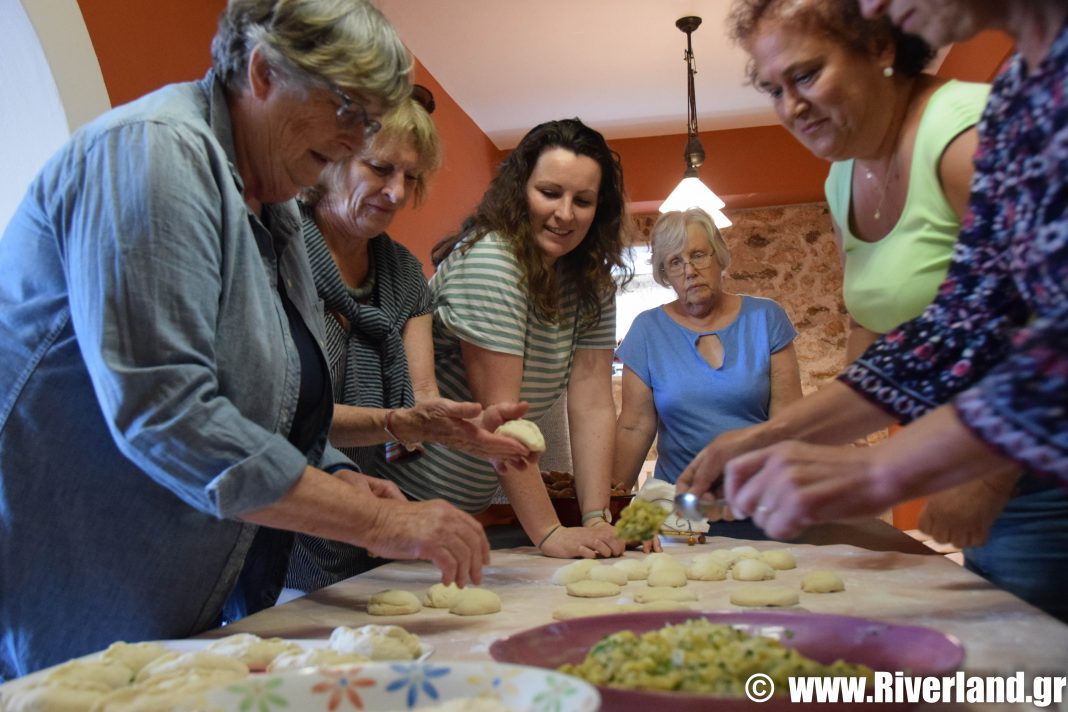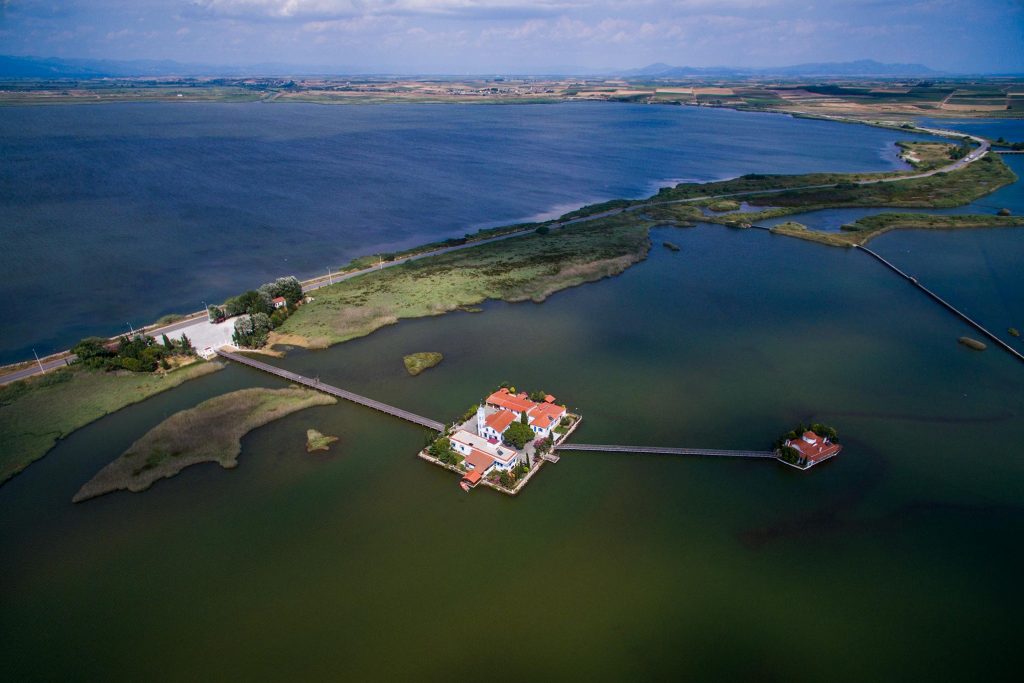
Laid at the foot of Rhodopes mountain range, Xanthi is the administrative centre of the homonym area of Eastern Thrace, in the current region of Eastern Macedonia and Thrace – ancient crossroads between the Black Sea and the Aegean Sea. Narrow cobbled streets of the city centre – divided by Kosynthos river – are characterized by a marvellous mixture of styles. From local architecture to the Ottoman one, up to the elegant dwellings of rich tobacco lords: an activity that started during the XIX century and gave an important boost to local economy. Throughout the year, many events testify to the cultural liveliness of Xanthi: in particular, the celebrations of the Carnival period and the Old Town Festival in September.
Xanthi Smart Way follows two directions that meet in the administrative centre. The first one is divided into two paths leading inwards, the second one leads to the Aegean Sea.
Once you have visited the city, we suggest moving towards the sea, getting carried away by local history and mythological references. A few kilometres away from Xanthi you will find Abdera site: an important Greek city of the classical period on Thrace coast, a few kilometres east of Nestos river’s mouth, nearly in front of the island of Thasos. The name of Abdera has Phoenician origin and evokes other two localities: one in Spain, near Malaga, and one in North Africa, near Carthage. According to the legend, Heracles founded it to honour his friend Abdero, devoured by the anthropophagous mares of Diomedes. Historical sources testify that the site was founded in the mid-VII century BC and became an important centre thanks to its strategic position along the routes between Mediterranean and Black Sea. Abdera is also known for being the birthplace of two great philosophers of antiquity: Democritus and Protagoras.
After a visit to the Archaeological Museum preserving archaeological finds from the VII-XIII century AD, you can reach the fishing arbour of Porto Lagos following the coastal path. From here, it is possible to get to Thasos island by sailboat. Through the coastal road, passing by the large international campsite, the Agios Nikolaos Monastery appears on a small island of the Lake Vistonida, connected to the mainland by a wooden bridge. Together with the nature reserves of Nestos River and Ismarida Lake, they form the National Park of Eastern Macedonia and Thrace, established in 2008. With its 930.000 hectares, it represents one of the major wetlands in Europe, therefore included in 1992 in the European network Natura 2000. Here, nature lovers will be able to practice many outdoor activities: from kayak to trekking, from cycling to birdwatching, from archery to horse-riding.
Heading north from Xanthi, we follow Chrysofylla roads. A tour of contrasts of the Rhodopes mountain range, signed by human intervention to exploit territory resources, mountain and hill villages exhibiting the traditional architecture of stone and wood. The genuine hospitality of local people is the confirmation that we are in the cradle of Thrace multiculturalism.
We now move towards Centaur, along the mountain path dominated by green slopes and dense forests leading to some characteristic monasteries and small settlements perched on top of the mountain. A suggestive stop-over is the rock painting of Mithras in Thermes, right before the hot springs where you can also see an hammam or get some coffee. The last stop is Kottani, a small mountain settlement on the border with Bulgaria, where you should head for an unforgettable gastronomic stop to the characteristic Taverna Kottani, which offers Greek cuisine in a traditional building. To reach it, you have to follow a mountain road, partly unpaved.
Thrace’s characteristics become more and more evident travelling inland. Following the other path of the Smart Way toward inwards, we enter the magical world of the Dryads, the mythological nymphs of the oaks. The mountain range of the central Rhodopes is rich in vegetation of unique value. The abandonment of settlements and livestock in the middle of last century has let nature grow unhindered. We head to Stavroupoli. Until the ‘60s/’70s, it was the centre of the cultivation and manufacture of tobacco; today, it is the only mountain municipality of Xanthi Prefecture, a starting point for excursions to the surrounding area. Leaving Nestos valley, we reach Livaditis village. From here, a well-marked path leads to the base of the waterfall, which falls from a height of 35 meters. It is possible to drive on towards the Village of the Forest of Erymanthos; then, passing through the Sarakatsani huts in Antamoma, we descend to Kallithea to return to Xanthi.



